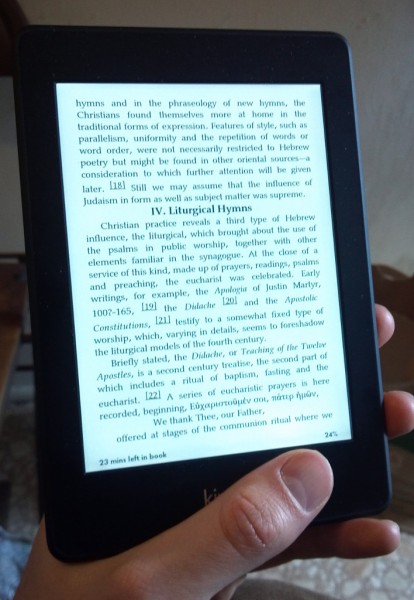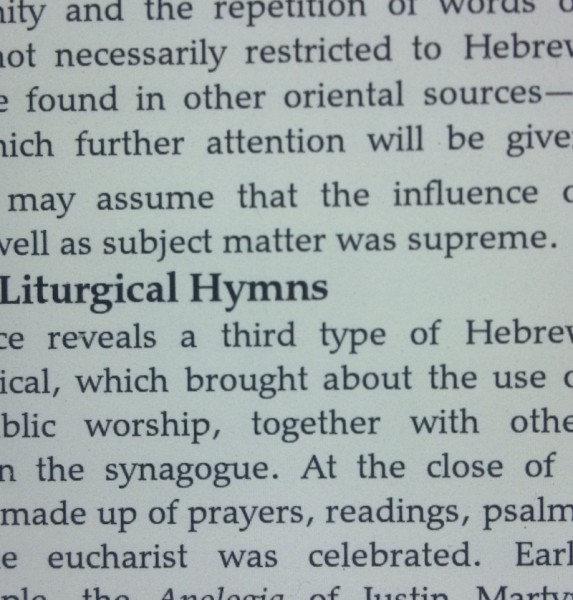Sometimes I like to read books. I don’t know why. There are plenty of people around me that I could talk to and spend time with, but sometimes real people just don’t cut it. Sometimes you can spend an hour with somebody and never really learn something new. I guess if I were more social, or had more money, I could go visit people who knew a bunch of stuff I didn’t know, but then I’d have to talk to them and tell them about myself, and they might smell bad or they might do weird things like try to pretend they’re “cool” in real life even though they are a professor. Sometimes it’s just better to get a book. Really smart people write books so they don’t have to keep telling people in person what they know.
If you haven’t tried reading a book yet, you should try it. The experience can be rewarding. You can even stop reading when you are bored, or when you want to think about something. It’s like a faucet of knowledge and you control its little twisty knob.
Some people like the feel of a real book, of the fibery paper in their hand, running along their fingers. They might even like the smell of the ink and all the chemicals they use to whiten the paper and keep it from rotting.
But, let’s face it, books have their problems. They’re pretty big sometimes, and hard to hold. The paperbacks get creased if you’re not careful, and if you are careful then every page is at an angle. Sometimes the lighting isn’t right, so you have to move around and hold it strangly.
With all those problems, “why even read?” is a question that waits on the back of many frustrated reader’s tongues.
Enter the Kindle Paperwhite.
Exit real books.

The Kindle Paperwhite
“Paper-“
The screen uses e-ink. E-ink is sort of like an etch-a-sketch, the toy from your childhood that taught you, along with the wilting flowers of the field, about the transitory nature of accomplishments. E-ink displays do something with some magnetic dust and can make any pixel permanently dark or light. The first time I saw it, I thought it was a cardboard insert inside a fake Kindle.
 A normal LCD has a refresh rate. It has to keep flashing the pixels with electricity or else they will dissappear. It flashes around 60 times per second, on and off. Your eyes don’t really notice it, but your brain is probably cringing. An E-ink display doesn’t “refresh” unless it needs to change something, like when you turn the page. So once you have a page loaded, it just sits there forever without using any battery power. Your brain likes it, too, since it’s a real, solid thing, just like a page of a real book.
A normal LCD has a refresh rate. It has to keep flashing the pixels with electricity or else they will dissappear. It flashes around 60 times per second, on and off. Your eyes don’t really notice it, but your brain is probably cringing. An E-ink display doesn’t “refresh” unless it needs to change something, like when you turn the page. So once you have a page loaded, it just sits there forever without using any battery power. Your brain likes it, too, since it’s a real, solid thing, just like a page of a real book.
The first Kindle I got, the Kindle 3, had an e-ink display with a resolution that was too low for me to enjoy when I read with my glasses off. I could see the pixels around the edges of the letters. The Paperwhite has a much higher resolution. I like to read it without my glasses on; it’s almost as clear as a real book, even from six-inches away with super-nearsighted vision.
“-white”
One problem with the other Kindles, like the Kindle 3 that I had, and the problem with books, is that you have to have pretty bright lighting to read it. The Paperwhite has its own glow lighting that works very well and is quite pleasant to the eyes, so you don’t need the sun, except for vitamin D, or house lights, except to walk around.
There are some LED glow lights down at the bottom of the Paperwhite that shine through the clear part of the screen, which is like a flattened fiberoptic cable that would just bounce light back and forth within itself indefinitely, except that the brilliant engineers at Amazon made little nanoholes in the bottom of it, so that light particles can escape out onto the e-ink display below. They even made a gradiant density of nano-holes so that nearest to the LED lights there are less nanoholes, and at the top, there are more, so that the back is lit almost perfectly evenly. It really is a wonder of modern engineering, and I am proud to be a supporter of it.
An Infinite Book
You probably have noticed already that, once you finish a regular paper book, if you go back and read it again, it will be exactly the same thing. Maybe you’ll notice some new things, but the words won’t have changed at all. Certainly, it won’t be a brand new story with new characters, and it won’t change from being a little book of Grimm’s Fairy Tales to being a history of Xenophon’s adventures amongst the Persians.
My friends, I have something to tell you: the Kindle Paperwhite can change which book it is. In fact, when you get it, it doesn’t really have any books on it! That’s because it’s not really a book, it’s just a medium for reading books. And, let me tell you, there are an infinite number of books out there.**
The Kindle store, which is accessible through your kindle, has almost all the old classics like Moby Dick and A Tale of Two Cities for free. It also has cheap e-versions of popular modern paper books.
Other Features
There is a search function, bookmarking, navigable indexes, and a dictionary. The dictionary is particularly useful; just touch your finger over a word you don’t know, and it will tell you the definition. If I were a home-educator, I would buy a Kindle for my child and make him/her use the dictionary function. It even saves the words in a collected vocabulary list, which could be later used for spelling and definition quizes.
There are also some free games you can download, like anagrams.
Don’t Wait, Buy Now
My advice to you is to buy one without thinking much more about it. The Kindle Paperwhite is a work of art, beautifully engineered, and extremely functional. If you are having a hard time making up your mind, it’s probably because you are muddied by your dimly lit struggle to read from your meagre library of paper books. Join the new class of readers: read clear, think bright, buy a Kindle Paperwhite.
** “Infinite, really?” you ask? I’m not one to use hyperbole. I think it is good to be exact. What I mean, essentially, by “infinite”, is that, from an individual’s perspective, the total amount of books in the world could never be collected. Yes, I’m sure that God knows exactly how many books are currently in the world, but from our perspective, we could never reach the end of them. New books are produced daily, hourly, and even minutely, across the world. Even if you were able to collect all the published books as fast as they were produced, all of the low-quality e-books being produced would be a problem for you, especially when you consider that e-books can automatically be created from blog posts and comments, or even from pictures or parts of pictures. And supposing there is a random book generator out there somewhere, which certainly could be created, it by itself could create infinite books.

Recent Comments